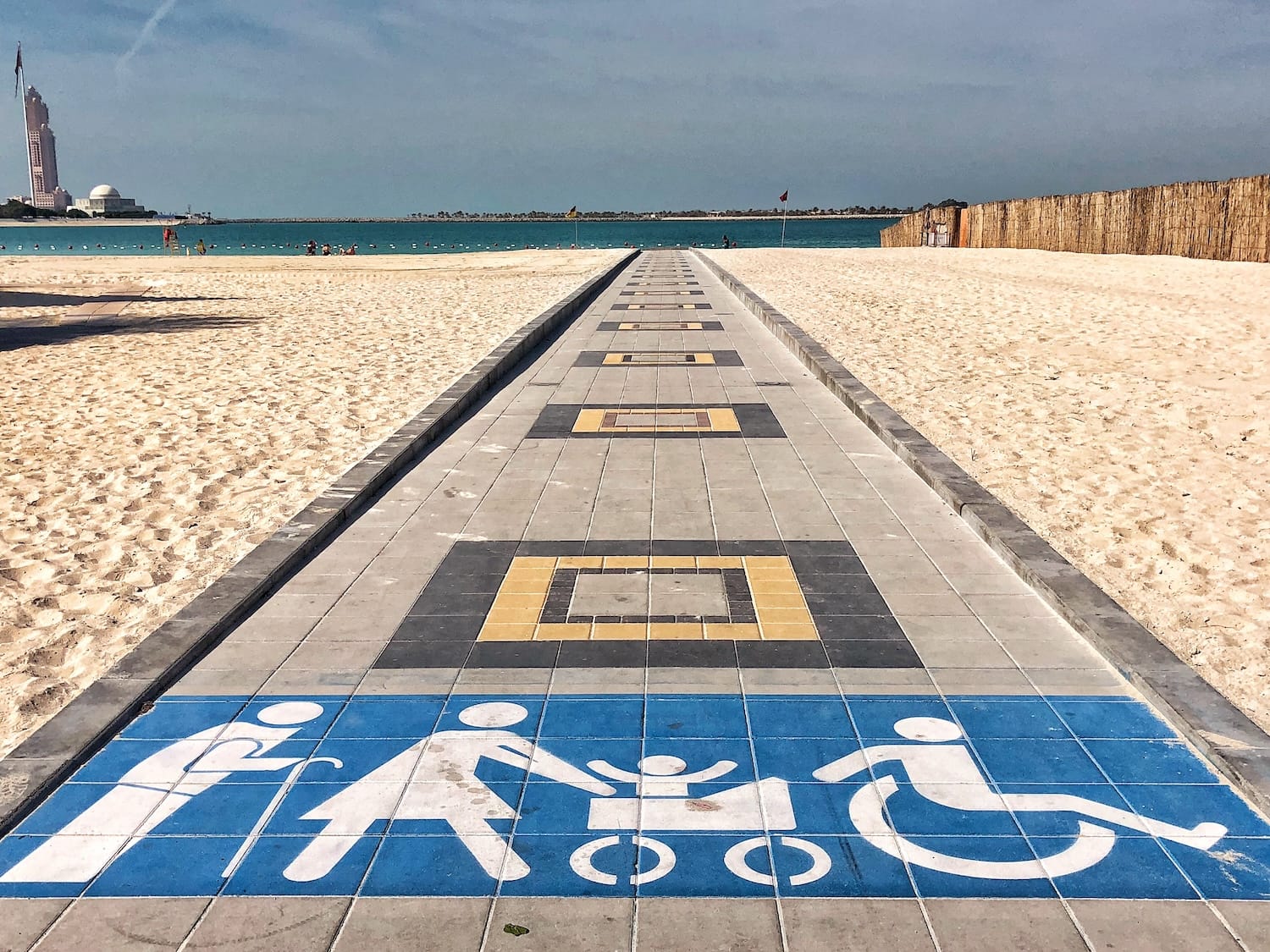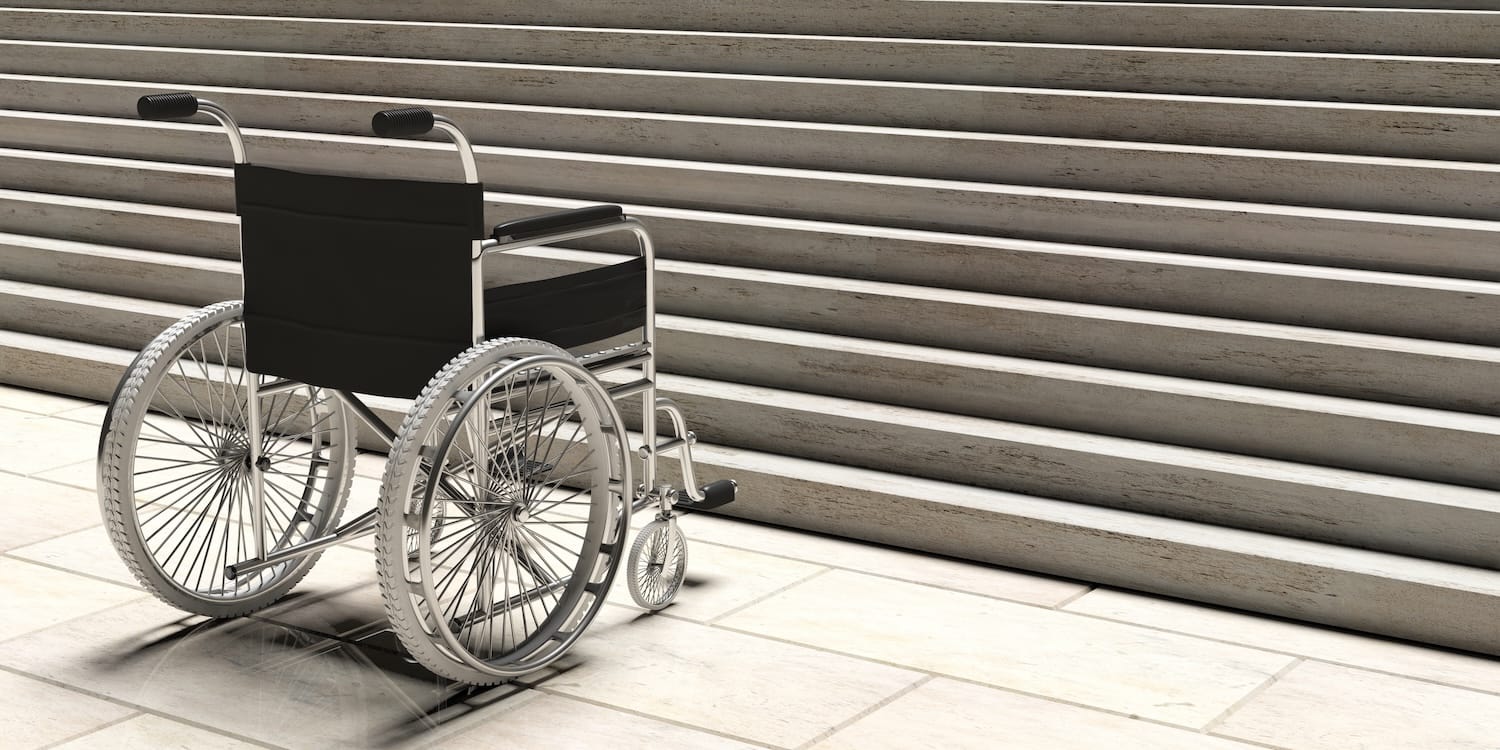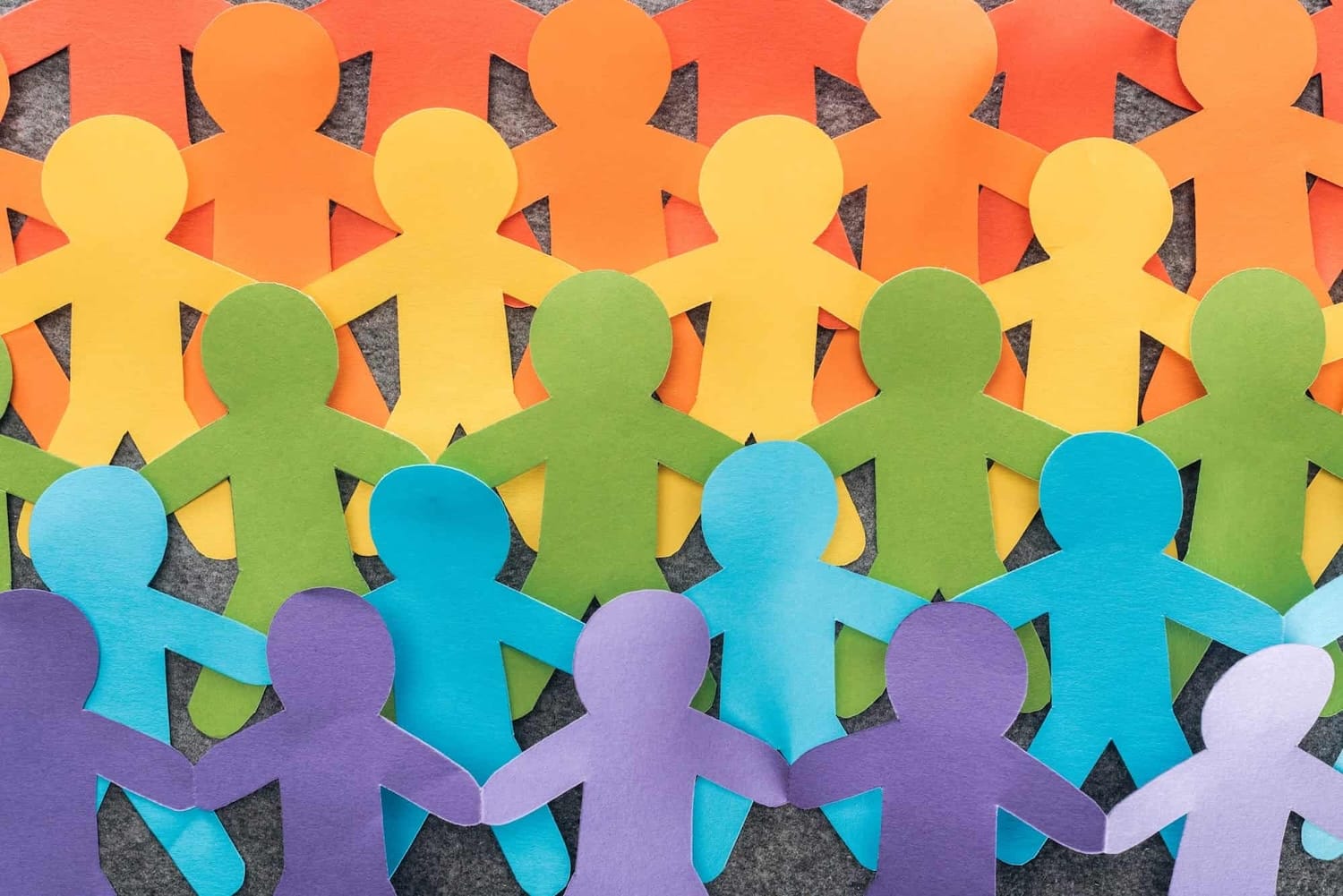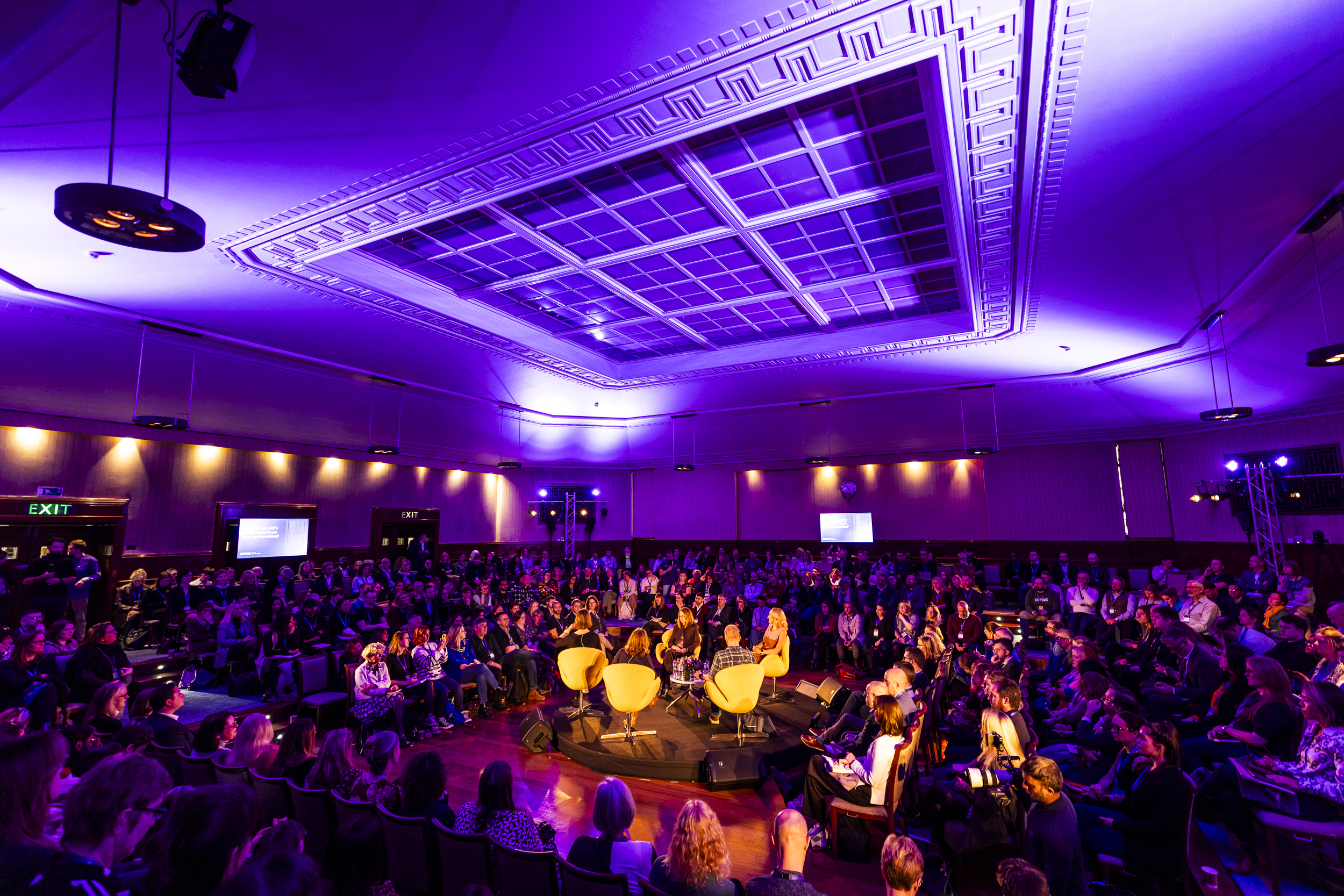Creating accessible and inclusive events is no longer optional; it’s a responsibility. Attendees expect events to accommodate a wide range of needs, and as organisers and venues, it’s up to us to meet that expectation with empathy, intention and action.
Whether you’re running a small meeting or a large-scale conference, accessibility should be embedded in every decision, from venue choice and registration forms to on-site experiences and digital access. Here are key insights and resources to help make your events more inclusive.
Think about everyone’s event journeys
Accessibility starts long before your attendees walk through the door, and continues long after they leave. Every stage of the event journey needs to be considered, from travel and arrival to breaks, networking and online follow-ups.
Importantly, accessibility shouldn’t be something people are reminded of constantly. Disabled attendees should feel welcome without feeling different. Rather than adding a separate entrance or space, consider: is your design giving everyone the same experience?
Ask yourself:
- Can all attendees use the main entrance?
- Are accessible toilets clearly signposted and available on all floors?
- Is the venue spacious enough for wheelchairs to move and turn easily?
- Is information about accessibility available and clear before the event?
“There isn’t an end destination with accessibility. It’s a journey, realising we’re always going to be learning, making mistakes, and getting better.” – Isaac Harvey, disability advocate.
That mindset is crucial. We won’t always get everything right, but we must keep improving.

What can venues do?
Venues play a fundamental role in the accessibility ecosystem. From physical access to staff training, there are countless opportunities to make small changes that have a huge impact.
Key considerations include:
- Installing ramps, lifts and automatic doors where needed
- Ensuring all signage is clear, well-placed and available in multiple formats
- Avoiding raised stages or furniture that excludes wheelchair users (e.g. high stools)
- Providing quiet areas and sensory-friendly zones
- Ensuring clear sightlines for BSL interpreters and screens with captions
Venues should also ensure their staff are trained and confident in supporting guests with different needs, from interacting with guide dogs to recognising signs of sensory overload.
Gathering feedback from guests is crucial. Simple surveys can provide valuable insights and highlight areas for improvement. You can also arrange for a professional accessibility audit through organisations like Access For All UK.

What can organisers do?
As an event organiser, you have the power to influence accessibility at every stage, and it starts with asking the right questions.
Collaborate with your venue and suppliers to ensure accessibility is a priority, not an afterthought. Go beyond just box-ticking, think about how inclusive your event really feels to attendees.
Make sure your planning team is diverse, bringing in different perspectives will help you design a more thoughtful and representative experience.
One powerful example of performative inclusion is a fashion show that featured a diverse cast of models, but had limited wheelchair access backstage and around the venue. If the infrastructure doesn’t match the message, the impact is lost.
Things you can do:
- Publish a clear accessibility statement in your event info
- Provide multiple ticket formats (e.g. Easy Read, large print, digital)
- Use accessible registration platforms
- Offer BSL interpreters, captions, and quiet spaces
- Consider hybrid or virtual access for those unable to attend in person
One great resource is Purple Tuesday, a global initiative focused on improving customer experience for disabled people. It offers free resources, case studies, and practical actions for organisations to get involved.
What does a good experience look like?
A well-considered, accessible event doesn’t just accommodate, it empowers. It makes every guest feel confident, relaxed, and included.
Here’s what great looks like in practice:
- Lifts to all public areas
- Captions on screens and live interpretation in multiple sign languages
- Audio descriptions and assistive listening devices
- Sensory-friendly areas for neurodivergent guests
- Flexible formats (e.g. hybrid or on-demand content)
- Thoughtful catering that accounts for dietary restrictions without fuss
Ultimately, it’s about creating equal experiences – where no one feels left out or like an afterthought.

Let’s keep improving
Accessibility isn’t a one-time fix; it’s a continuous journey. As an industry, we have a responsibility to design events that are fair, enjoyable and inclusive for everyone.
Get in touch
Looking for support in finding an accessible venue? We’re here to help you make every guest feel welcome.
Read More
Resources for event organisers
There are many great resources available to help us make our events more inclusive. A few include:
- Diversity Ally. This is the first organisation within the events industry committed to helping improve diversity and inclusion across events and the wider industry.
- Purple Tuesday. As mentioned above, Purple Tuesday is a fantastic resource for learning more about how you can make your customer experience accessible and inclusive.
- Spectrum Speakers & Entertainers. This is a great platform for championing speakers and performers from underrepresented groups.
- Attitude Is Everything. This is a great resource tool to improve deaf and disabled people's access to live music.
- Equality and Human Rights Commission. This is a really useful reference tool on the guiding principles to make sure you’re respecting the rights of every attendee.
- Wayfindr. An amazing non-profit organisation that helps blind or partially sighted people navigate indoor environments through the use of audio navigation.
- Braille Works. This company offers Braille transcription services and would allow venues to easily implement Braille on wayfinding and signage.
Author

Gemma Baker
Gemma loves all things social media and keeps busy by creating lots of Hire Space content. When she’s not creating content, you'll find her shopping, exploring or at the gym!


